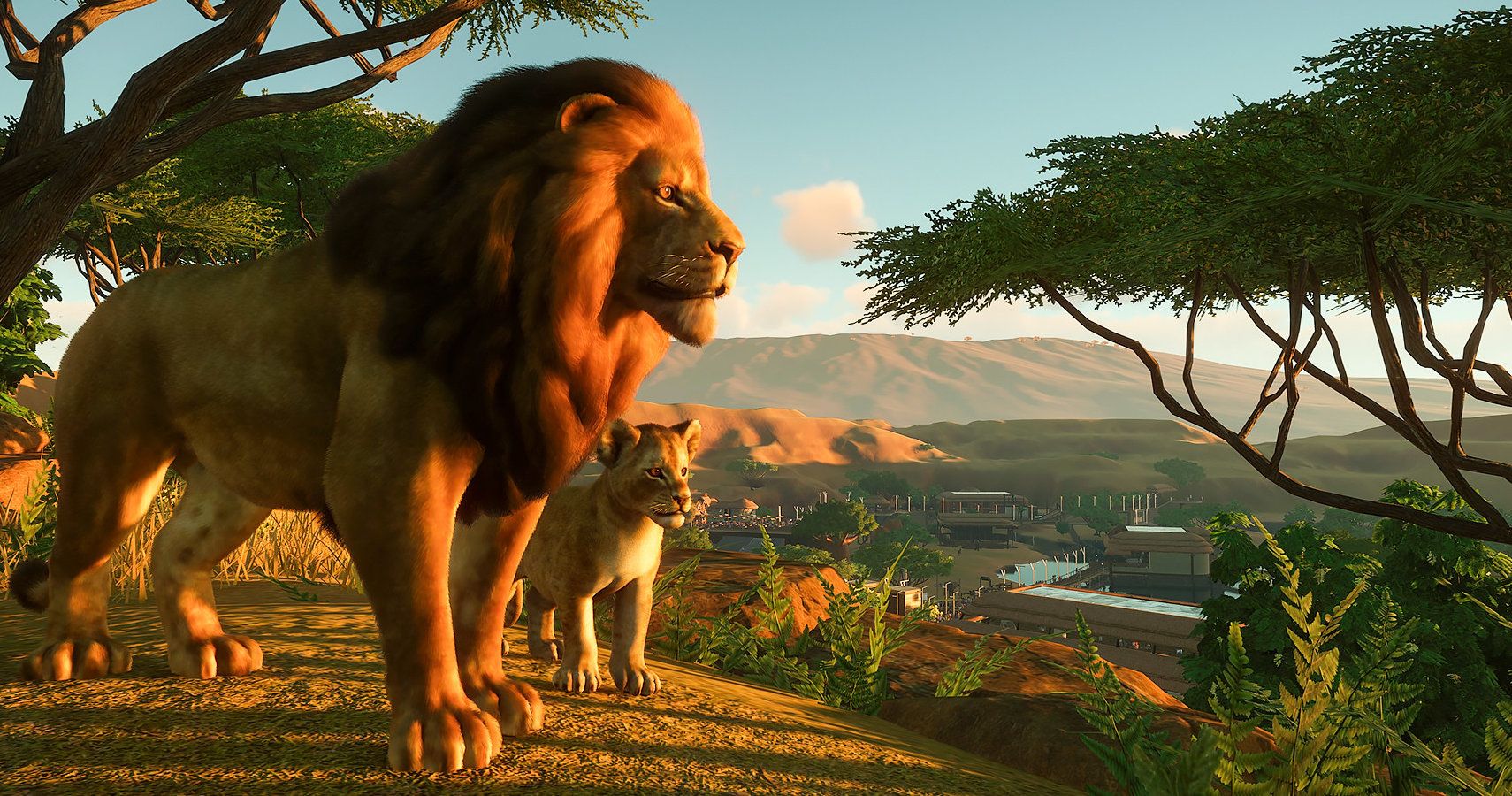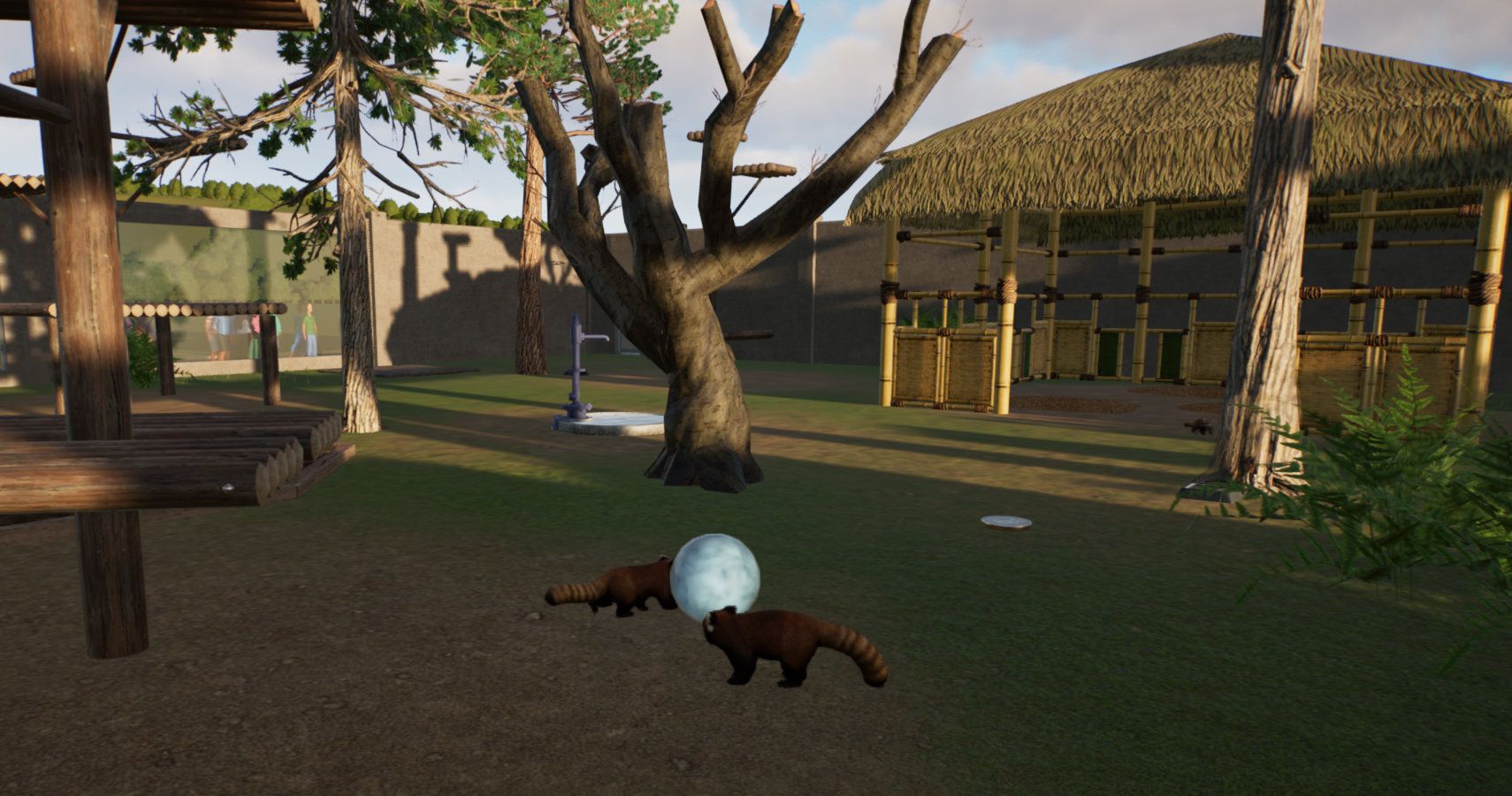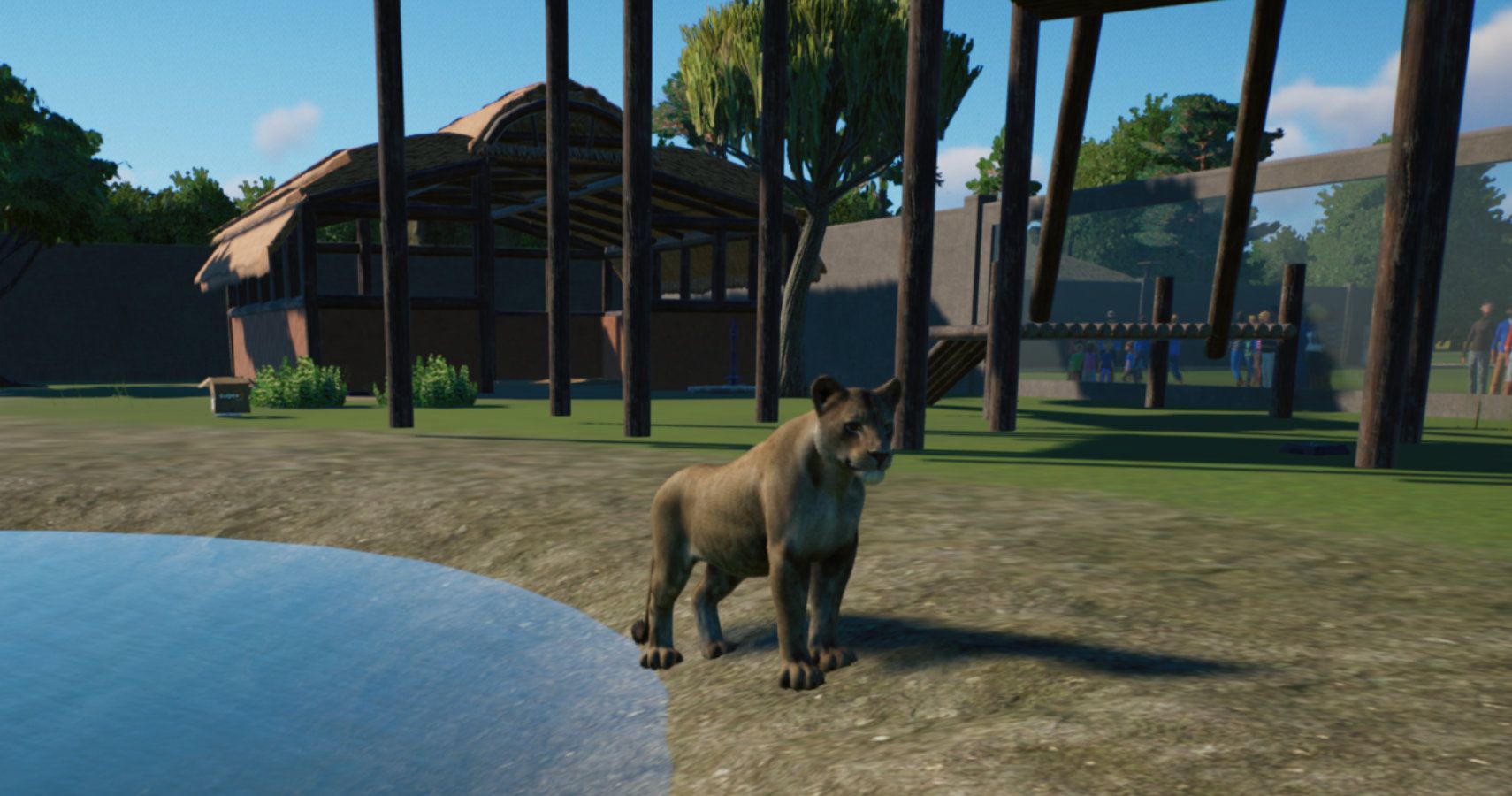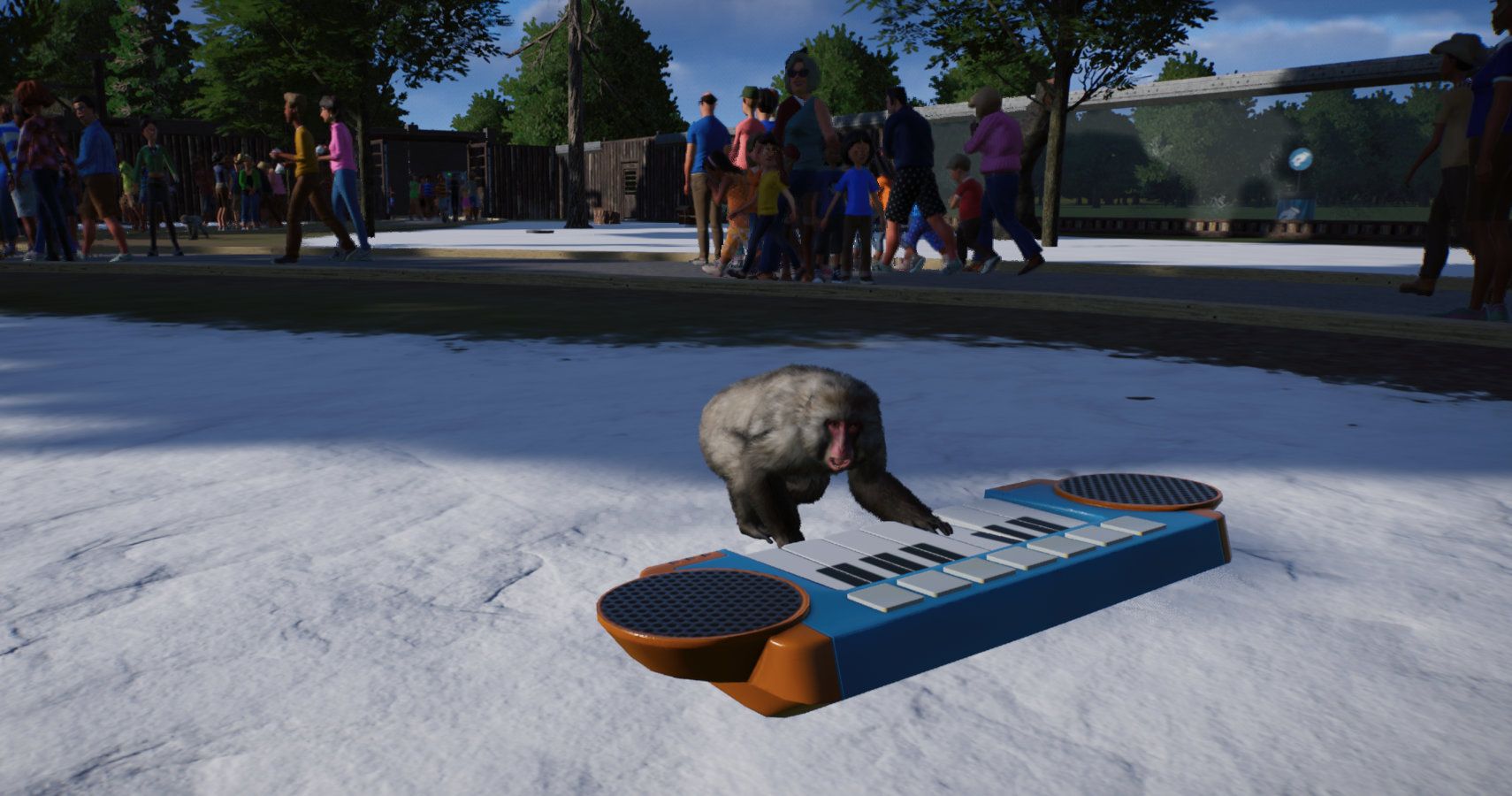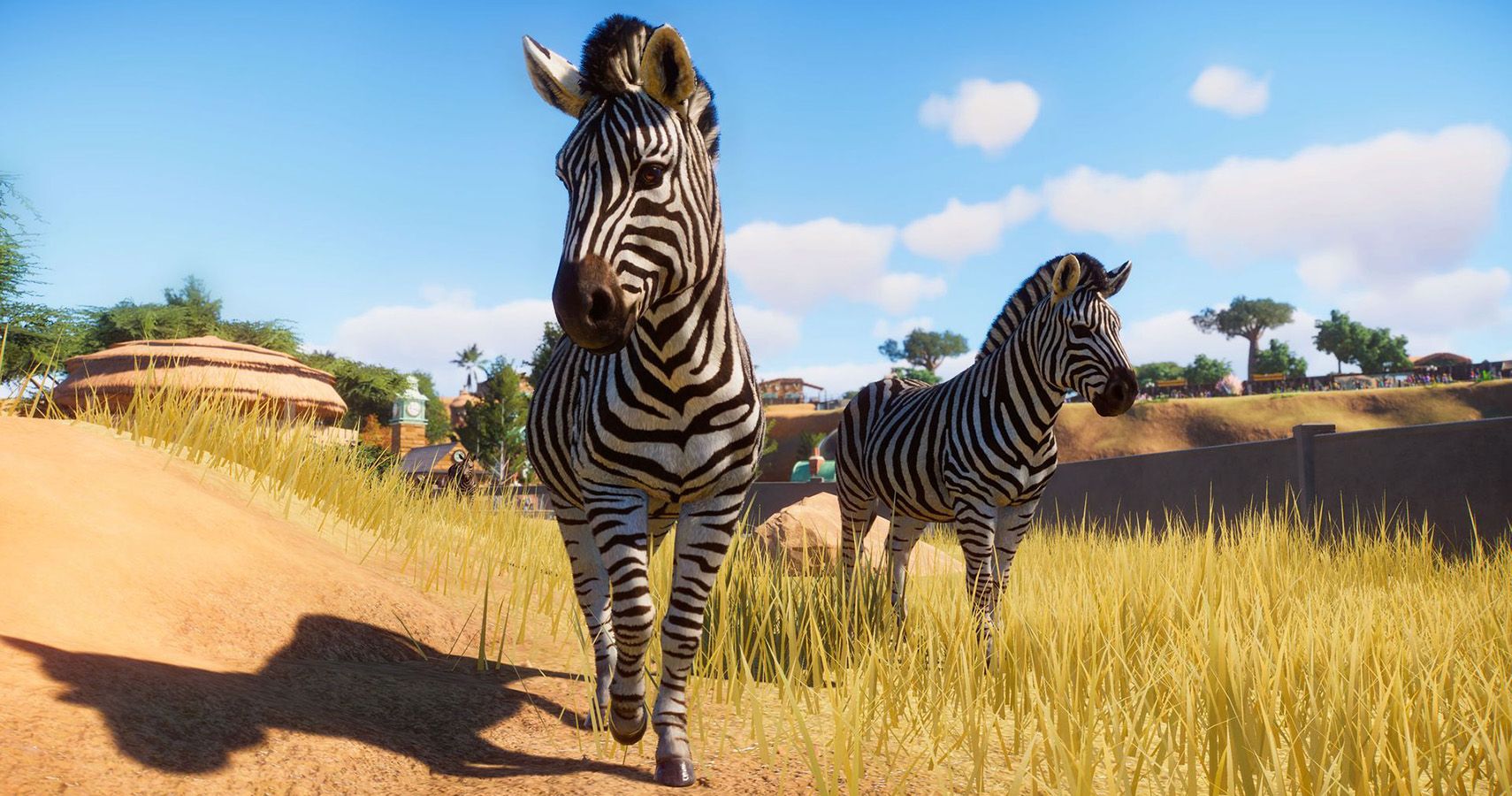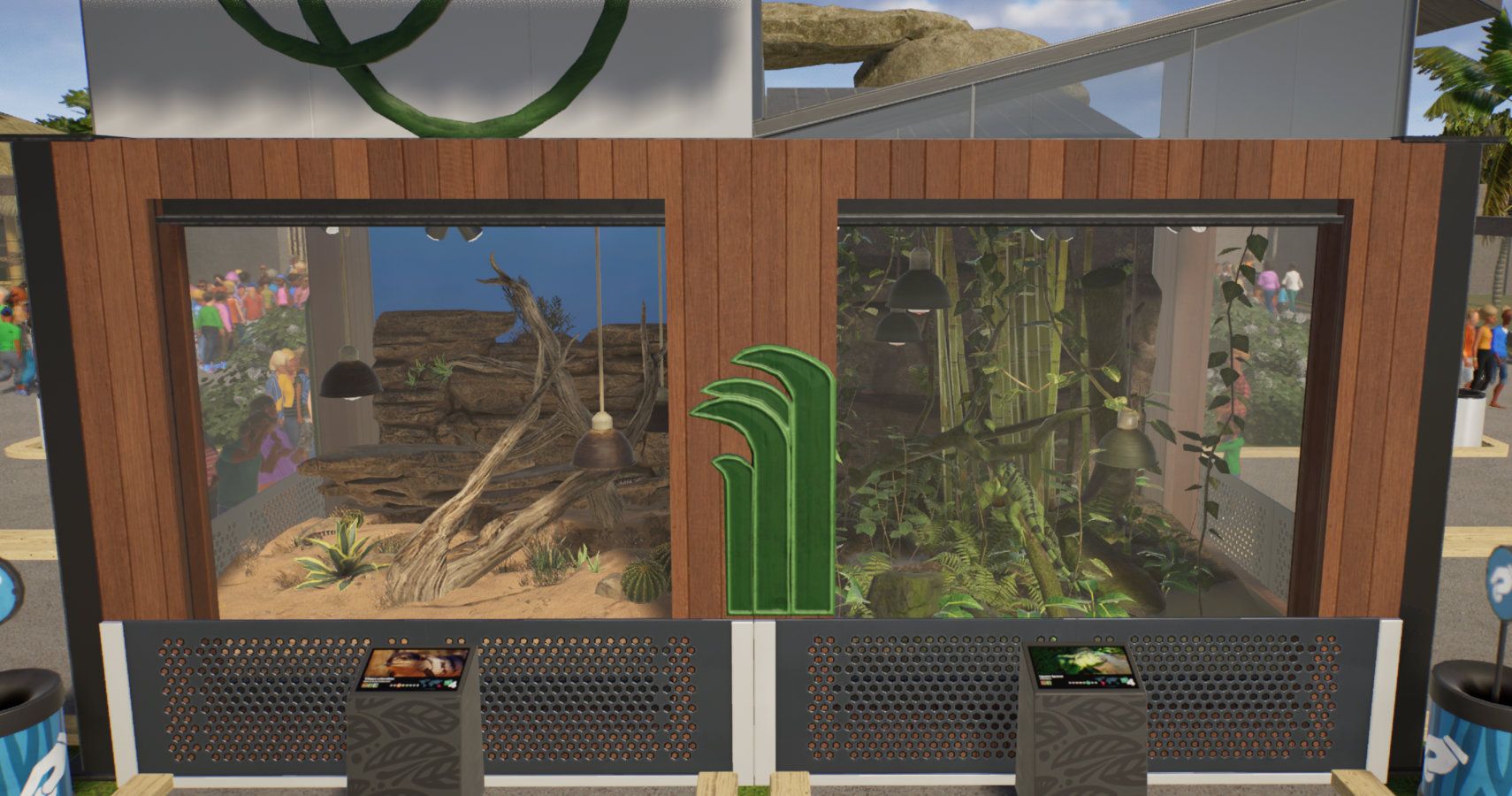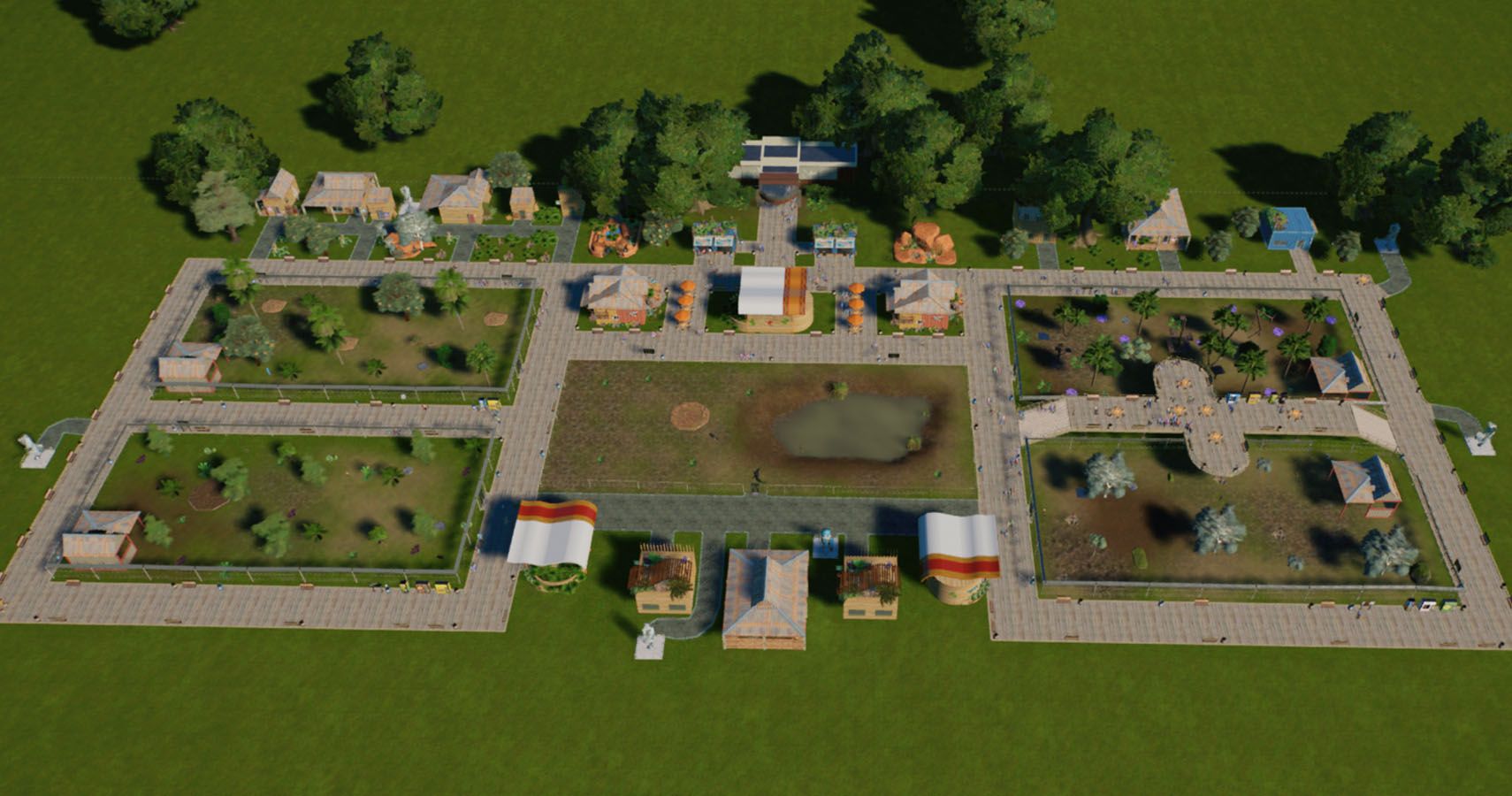The number of animals in Planet Zoo can feel overwhelming but there several different things you'll want to look for when deciding which animals to get first. Most of the requirements will depend on which game mode you are playing. Requirements for franchise, career, sandbox, challenge, and timed scenarios are all different. Sometimes they are restrictive and other times you have more freedom.
With this in mind, we've broken down animal information into different categories that will help you find the best starter animals for your goals, no matter what they are. Within each category, we pick an example of the best animals to prioritize.
Endangered Animals: For Generating Conservation Credits
Having endangered animals will always be a good idea, especially if you love the idea of being a zoo that helps these species to thrive. This is because as well as giving you a warm fuzzy feeling, breeding and releasing them generates a high number of conservation credits, allowing you to purchase more high-quality animals without touching your cash reserves. Endangered animals also tend to have a high appeal due to their rarity. There are several you can choose from but a solid choice for early zoos is the Red Panda.
Red Pandas only require around 220m² of space with 40m² of climbing area, meaning a small exhibit with high appeal. They prefer climbing equipment but if you haven't researched any blueprints and don't want to build frames, then you can just place broken cherry blossom trees to fulfill this need.
Red Pandas also breed easily in captivity and their gestation period is just five months, after which they give birth to up to three cubs. They also prefer solitude so once their offspring mature they can quickly be released into the wild for conservation credits or sold for profit. This makes Red Pandas a high appeal and high-profit animal that can be used to generate a steady supply of conservation credits.
High-Cost But High-Value Animals: For Profit At A Price
Some animals come with a higher initial cost but once you can afford it you will soon recoup that investment. They have a hefty price tag on setup but will generate visitors at income at a quick rate. There are several of these but one of the best is the West African Lion.
This critically endangered species has a larger space requirement than the Red Pandas but has several of the same benefits. This isn't an early starter choice, due to the fairly high cost of setting up a suitable enclosure, but Lions are worth investing in as soon as you have a chunk of money. The species is hugely appealing and although costly to purchase, the offspring are also of high value, allowing you to recoup your investment by selling them. Furthermore, one male will easily breed with up to three females that give birth to up to three cubs each after just three months, meaning you can end up with a highly appealing and high-value pride very quickly. They take a little while to mature but have a decent lifespan and can reproduce throughout.
Cheetahs are another alternative that has similar requirements. They are still highly appealing, despite being vulnerable rather than critically endangered. Requirements for space are similar as are breeding cycles. A male will only produce offspring with two females, but the cubs will reach maturity a little faster making the two species very similar in terms of generating offspring.
Guest Friendly Animals: For Enclosures Visitors Can Walk Through
Not all animals require being locked away behind tall bars. Some are so friendly guests can literally walk right on by. If you've played through the career mode you'll have seen some examples of this with Indian Peafowl but while they are a cheap animal to purchase, there is a more appealing option.
The Japanese Macaque is more costly than the Indian Peafowl, being around $2000, rather than $200, but its appeal is also much greater, hovering around 2000, compared to the 600-700 of the Peafowl. While it does require climbing space, the habitat size is similar and the Macaque can also withstand much more varied temperatures, making it easy to care for in a variety of biomes. Japanese Macaques like to be in fairly large groups but breed easily so this won't be difficult to achieve and they are still happy in groups as small as four.
Animals With A Multi-Species Bonus: For Large And Varied Enclosures
While many animals prefer to live alone there are some that benefit from a multi-species enclosure. This means that while the space requirements for a multi-species enclosure are larger, both the animals and the guests benefit from the variety.
We recommend looking at African animals as a great starter. Springboks and Common Warthogs are especially good to start with due to a small space requirement and short gestation period, allowing you to build a vibrant enclosure quickly. Once you have more money you can add Plains Zebras and Sable Antelopes. Reticulated Giraffes will also live well alongside them but you'll need a much larger enclosure and a suitable shelter.
African Buffalo, Black Wildebeast, and Common Ostrich can also reside in an African exhibit but these species can be a little more problematic. Ostriches, in particular, run around incredibly fast and can stress out the Zebras so two slightly smaller multi-species exhibits may be more beneficial.
Exhibit Species: For High Appeal Extras
Exhibits can be incredible crowd-pullers that really help boost the popularity of your zoo. They cost a few thousand to set up but take up only limited space and can generate a lot of donations. Some exhibit species are also prolific breeders which can mean an easy supply of sellable species.
Snakes are the most appealing type of exhibit animal, followed by Iguanas and Terrapins. Snakes in particular also have a long life span which ensures your exhibit will continue to be populated as long as it contains a mating pair. Just make sure you keep checking them as you cannot increase space so need to keep on top of overcrowding issues.
Hints And Tips
Whichever animals you get first, here are a few things it's worth taking into consideration before purchasing. While the categories above help, here's what you need to check with regards to individual animals. All this information can be checked in the Zoopedia.
- Space Requirements
Every animal has a different space requirement. Larger spaces will cost more to build and additions such as climbing space and water can also increase the cost.
- Appeal
Check the appeal of the animal before you buy. While low appeal animals are perfectly fine if that's all you have you'll struggle to attract new visitors. Combine the cheap low appeal species with higher appeal exhibits and habitats.
- Breeding Cycle
The things to check here are the male to female ratios, in order to keep the peace, and the gestation period and little size. Animals that breed frequently can be sold or released for profit but will need to be monitored to prevent overcrowding.
- Statistics
Appeal and prices vary but so do animal statistics. Make sure the animal you are buying has the correct stats for your needs. A breeding pair won't breed if one has low fertility.
Whatever your animal needs these tips should help you find the best starter animals for your requirements.

